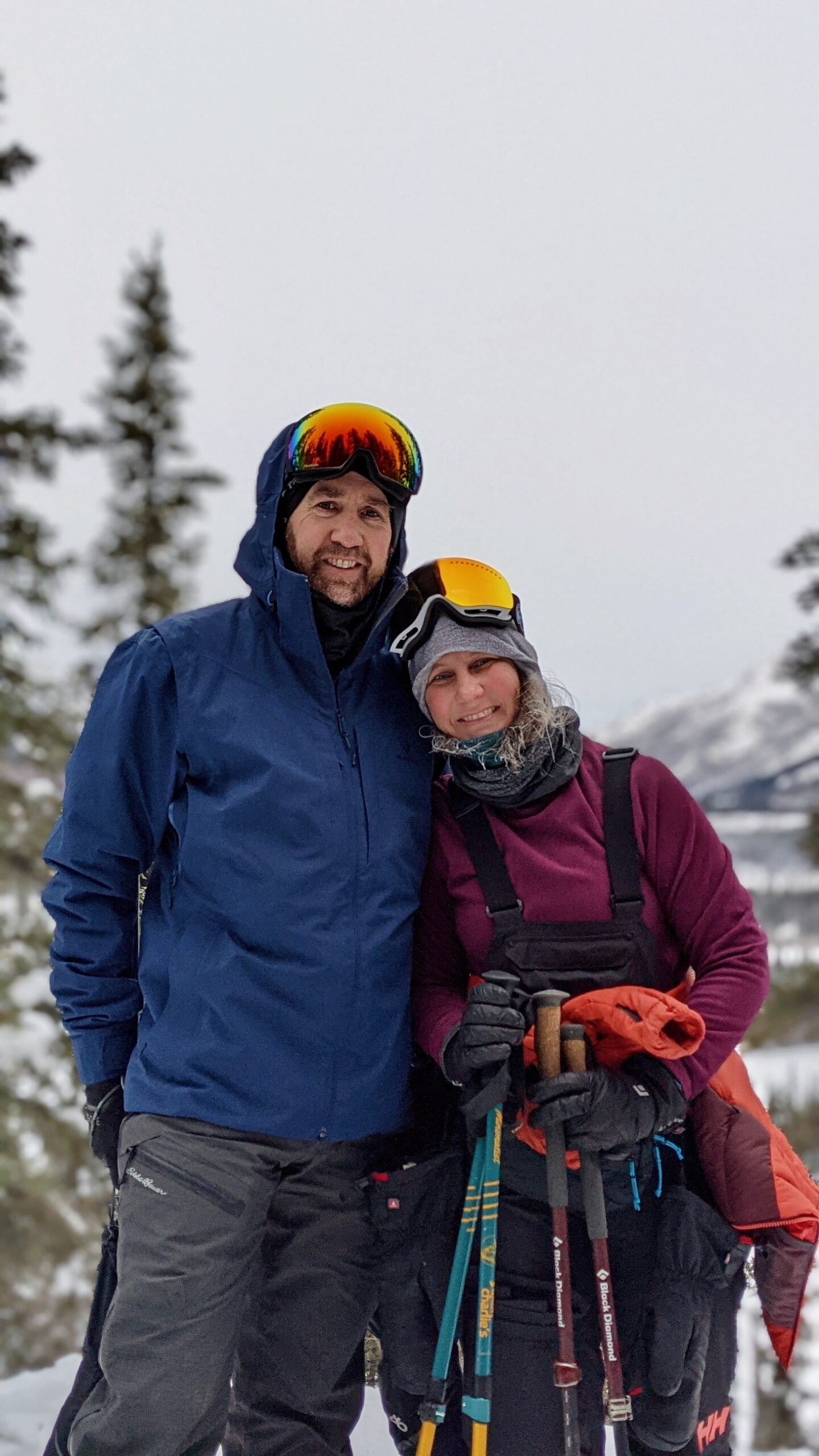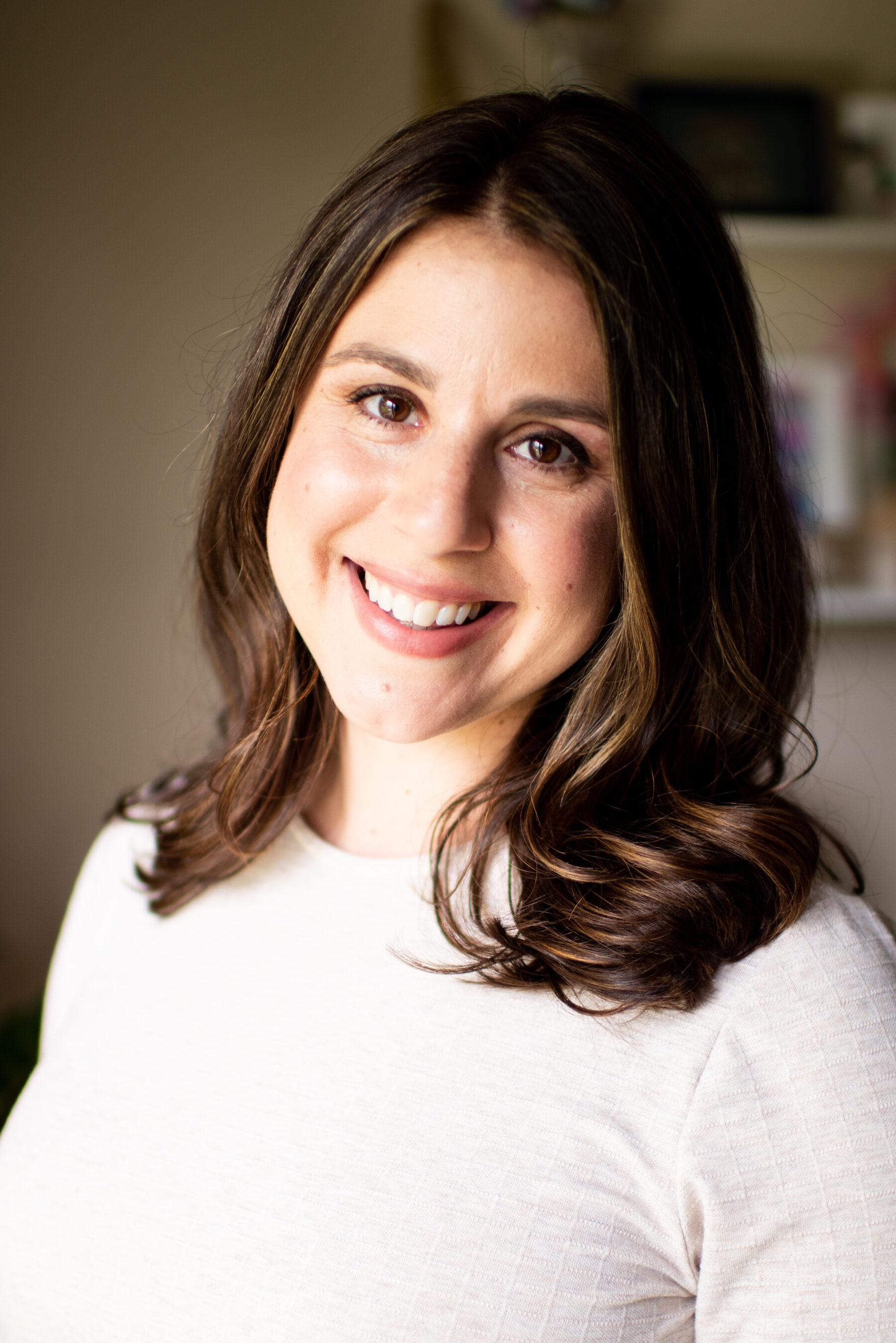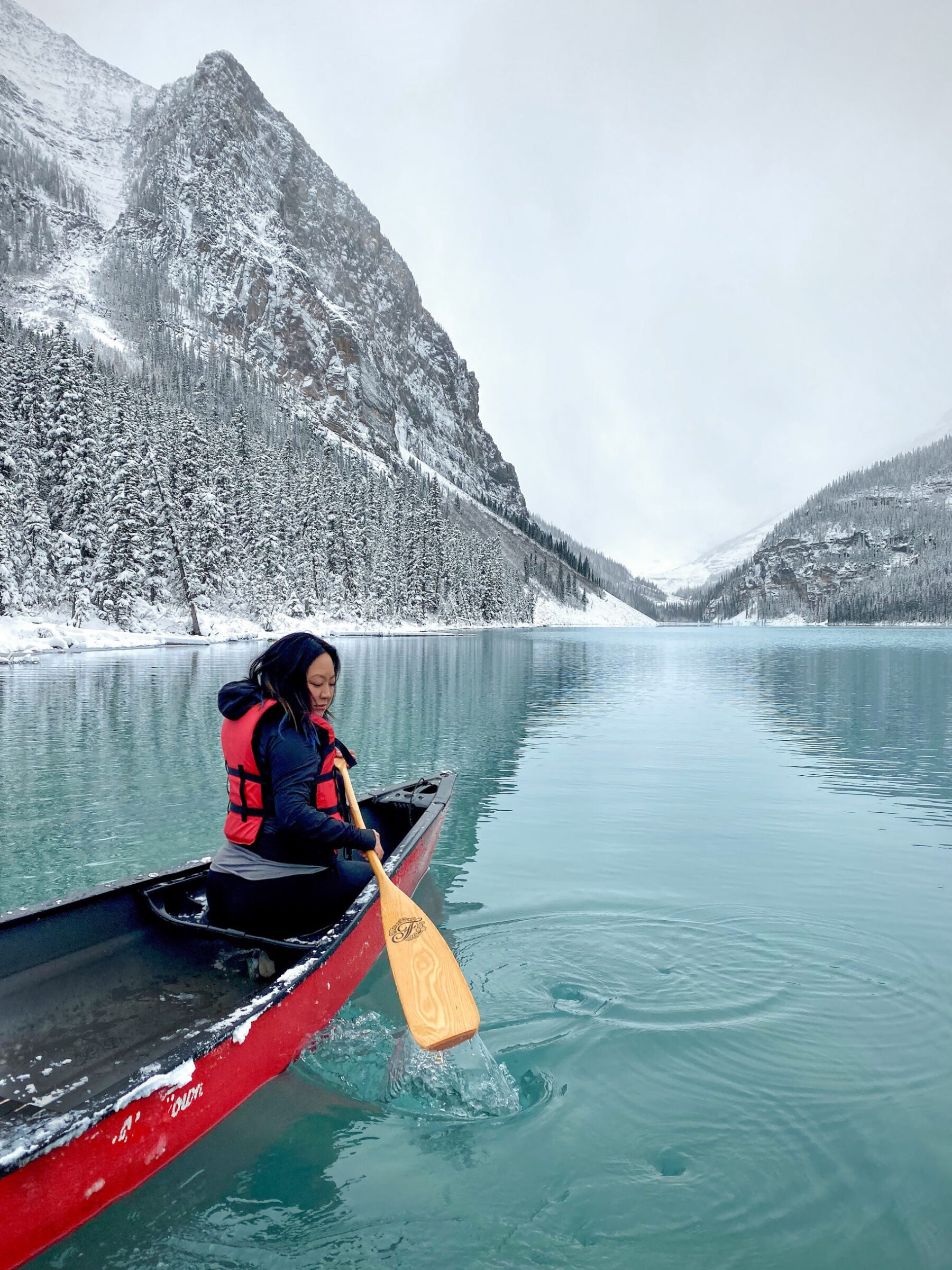In our Ask the Experts Series we feature interviews with people on the other side of the PR and digital marketing world. In this installment, we chat with four freelance writers who work in outdoor, food, and travel media. Collaboration is key in our industry so we’re thrilled to learn more about their careers and draw back the curtain on what it means to be a freelance writer.
Meet the Freelance Writers
From incredibly experienced outdoor gear testers to a deliciously eloquent food writer and a jet-setting travel badass—the range of experience in these four freelancers is phenomenal. Not to mention they’re genuine, kind, and a lot of fun to collaborate with! Let’s dive into the interview and discover how each of them got their start as a freelance writer:

Patrice and Justin La Vigne
Patrice has a degree in English, so it was always her intention to be a writer. She spent 10 years as a medical writer before she and Justin thru-hiked the Appalachian Trail. After that, she started freelancing to break into outdoor writing.
Patrice is also the author of Between Each Step, a trail/travel memoir about hiking New Zealand’s Te Araroa.
Justin fell into freelance writing mainly because he was obsessed with gear, and he and Patrice were hired to do the “Gear and Go 40th Anniversary Tour” for Backpacker magazine in 2013, which morphed into connections with the editorial team and writing gear reviews for both of them.
Layla Khoury-Hanold
Freelance writing started as a side hustle while Layla still had a full-time job in marketing and communications living in NYC. She started writing restaurant profiles for a restaurant reservation website, which was a “will work for food” kind of start. After leaving NYC in 2015, Layla started her freelance writing business and steadily grew a portfolio, starting with local city magazines and newspapers, then working her way up to regional publications, such as the Chicago Tribune, and national online outlets, such as Food Network.


Leslie Hsu Oh
Before becoming a freelance writer, Leslie got a master’s in public health from Harvard and founded the award-winning nonprofit, Hepatitis B Initiative. Realizing that sharing her personal story about how hepatitis B claimed the lives of her mother and brother could make a difference on a more global scale than the Hepatitis B Initiative, Leslie transitioned from public health to her lifetime passion for writing. She obtained an MFA in creative nonfiction and began working on Fireweed: A Memoir about “making sense of this messy world when you lose everything that made sense.”
Oh has published excerpts of the memoir in various publications, including Travel + Leisure, Backpacker, Alpinist, and Alaska Magazine. Her writing and photos can also be found in Condé Nast Traveler, National Geographic, Outside, Popular Mechanics, Real Simple, Runner’s World, Saveur, Sierra, Smithsonian, Vogue, the Washington Post, and more.
I hope that people appreciate the intention that goes into each story, from researching and interviewing to pitching, and then writing, re-writing and fact-checking.
-Layla Khoury-Hanold
In your experience, what is the most misunderstood or misrepresented aspect of your job?
The La Vignes: People think outdoor and/or travel writing sounds so sensational, and it is, but no one realizes it’s 70% hustle and 30% writing. As a freelance writer, you are an accountant, marketer, secretary, office manager, and much more. We laugh at how many hours it takes to make this piece of our livelihood work. It’s really a labor of love!
Khoury-Hanold: I write primarily about food, and the perception is either that I’m a restaurant critic or that I eat and drink for a living. My hope is that people appreciate the intention that goes into each story, from researching and interviewing to pitching a story, and then writing, re-writing and fact-checking. I think people are also beginning to understand that food writing can be a platform to talk about so much more than best restaurants and weeknight supper recipes; how it can be a jumping-off point to explore political, social justice, and cultural issues.
What is one aspect of your job that you wish more PR professionals understood?
The La Vignes: Building relationships is key. Cold pitches are easily overlooked but personalization is remembered.
Khoury-Hanold: I am always transparent when I work with PR professionals about managing expectations. I try to be very considerate and thoughtful about accepting comped stays, samples, or press trips. What I really appreciate is when PR professionals go the extra mile to help me think of ideas that I can pre-pitch to the outlets I already contribute to. And I hope that PR professionals understand that we can’t guarantee coverage and that often, the best story ideas come from post-travel or post-sampling. It’s an exchange based on mutual faith and trust, and the ones who are the best at their job understand that.
Oh: There are certain questions that should be avoided and there are certain answers that PR professionals should strive to provide in every pitch.
Questions to avoid: What’s the name of the editor you’re working with? Do you have an estimated run date? Can you share the reason why your piece was postponed or delayed?
Answers you should provide: Why readers should care about this story? Why this is an important story now? Anniversary? Celebration? Holiday? What superlatives describe your destination or product?
PR reps are crucial to filling us in on availability [of new gear releases] since we work so far out on gear coverage.
-Patrice & Justin La Vigne
Can you describe your process from the story idea to a final published piece?
The La Vignes: For gear reviews, there’s far more to the process than just the finished product of a ~100-word summary. The back-and-forth emails sometimes can lead to a dead end but are so important to the process.
Researching a product goes beyond the specs available on a website. PR reps are crucial to filling us in on availability (it’s nice to know about a product before it comes out) since we work so far out on gear coverage. If imagery is important, that adds another layer of planning. We like to say there’s a certain amount of connecting the dots to come up with the finished product.
Oh: A trip I did to Brazil is a great example of why writers prefer traveling to a destination without a confirmed assignment. There’s no way I could’ve predicted that a photo I snapped with my iPhone inside Brazil’s Caverna do Diabo would be published in print by Alpinist Magazine and that I would lose this photo along with my phone (sort of sealed in a Sea-to-Summit bag) beneath a waterfall, deep inside the cave. A few days later, the Brazillian guides who we traveled with presented the phone to me. It was “on” they said when they dived for it with goggles and found it churning in a ditch at the bottom of the waterfall.
After a few days on rice, I turned it on, and miraculously it finished posting something on Facebook that I wrote the night before I entered the cave. When I returned from Brazil, Alpinist Magazine loved the photo and decided to publish it in their next issue. I also had a fantastic gear review story for Sea-to-Summit and iPhone.
How many pieces are you typically working on at one time?
The La Vignes: Usually 3-5 each, some of which may be a joint project.
Khoury-Hanold: In a typical week, I’m working on three SEO-style content pieces, researching and interviewing for a feature, and finishing a draft of a feature story. Sometimes I have recipe development and product testing sprinkled into the mix too.
What is your advice for anyone looking to become a freelance writer?
The La Vignes: You’ll probably need another source of income unless you are really good at churning out pitches and multi-tasking articles!
Khoury-Hanold: Start small by contacting local publications to pitch to. It’s a great way to get clips and dip your toe in the water. Offer to take editors out for coffee or ask if they have time for a 15-minute phone call to talk about their editorial priorities. Build your community and look for professional organizations to join in-person or online, or conferences to attend (many offer virtual workshops too).
What is your favorite piece of content you’ve written in 2022?
The La Vignes: We jointly worked on the “Top 50 List” for Outside Business Journal for the last 3 years, and this past year, they published their last print issue. I really loved that piece because I felt “in the know” and hearing about new gear is fascinating. I would still really like to see that piece in some format online at some point.
Patrice: I pitched a new media outlet Adventure.com, and my first assignment was about a guy who found a cave in his backyard in the 1990s and opened it up for tours. The guy was a story in itself, and I loved diving into all the details.
Khoury-Hanold: I’m working on a food memoir, so learning to tell my story and experimenting with writing personal essays has been a wonderful challenge. I’m really proud of the essay I wrote for Food52 about making my Lebanese-American grandmother’s pita bread recipe for the first time at age 40 and how it helped me reclaim my cultural identity and repair my relationship with cooking, too.
Oh: Alpinist Magazine, Issue 77 Lost and Found March 2022 – As I begin a free-hanging rappel thirteen stories off an overhang inside the Caverna do Diabo, my headlamp illuminates translucent ripples in calcite-rich draperies . The farther I descend into a cathedral of geological wonders, formed drip by drip over 600 million years , the lower the temperature drops beneath the scowl of a naturally formed Devil’s face . Only the first 700 meters of this cave, the longest of several hundred in Brazil’s Vale do Ribeira, are artificially lit and paved. The rest has been mapped up to 9,000 meters by Franciele Dos Santos Satiro and other cavers. Now, Satiro is belaying me from below. Something brushes against my cheek. I flinch, and the motion upsets my balance. My feet swing higher than my head. The more I try to maintain control, the more I lose it.
Where can we find you and your work?
The La Vignes: Patrice still blogs (so very early 2000s, but whatevs, I’m sticking to it). We’re active on Instagram and Facebook. Our work can be found at: wanderinglavignes.com.
Khoury-Hanold: I’m on Instagram and Twitter. Select clips of my work can be found at: wordswithlayla.com; frequent contributor to foodnetwork.com and theroanoker.com.
Oh: I can be found on Instagram, Facebook, and Twitter. My work can be found at: lesliehsuoh.com.
Check out last month’s Ask the Expert series on How Do I Work with Influencers. Have something you’d like us to highlight on the Ask the Expert series? Send us a message.
